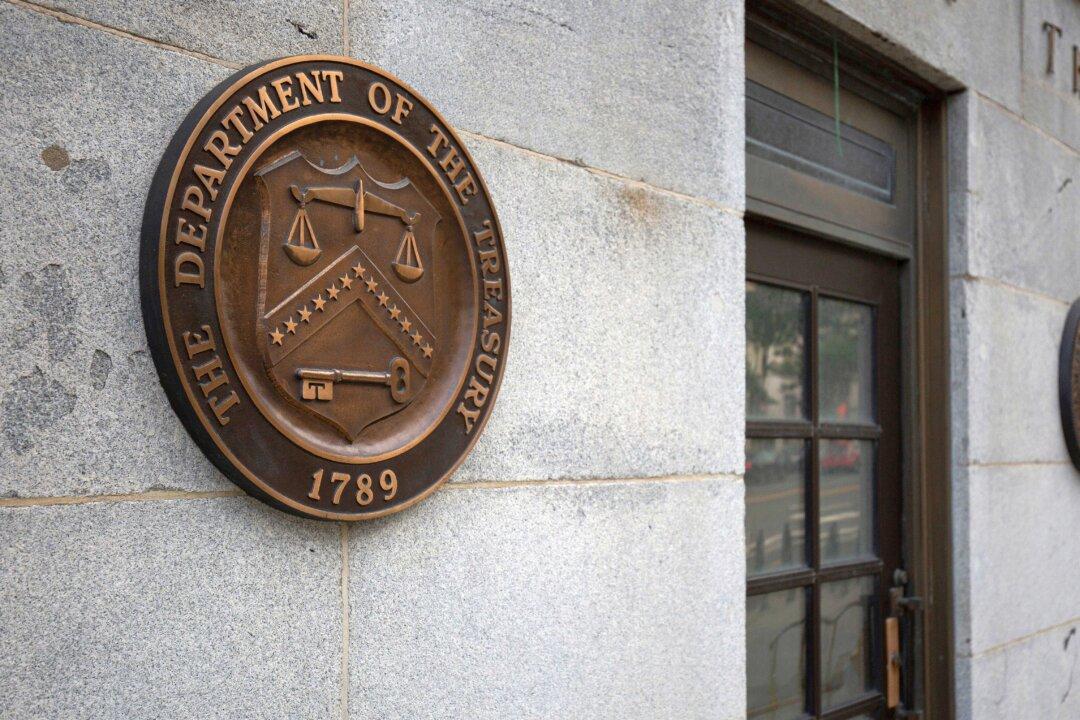Commentary
The dramatic economic decline because of the COVID-19 crisis and the unprecedented recovery spending plans approved by President Donald Trump will drive the fiscal 2020 U.S. budget deficit to a record $3.8 trillion, or almost 19 percent of U.S. gross domestic product, according to the Committee for a Responsible Federal Budget.





